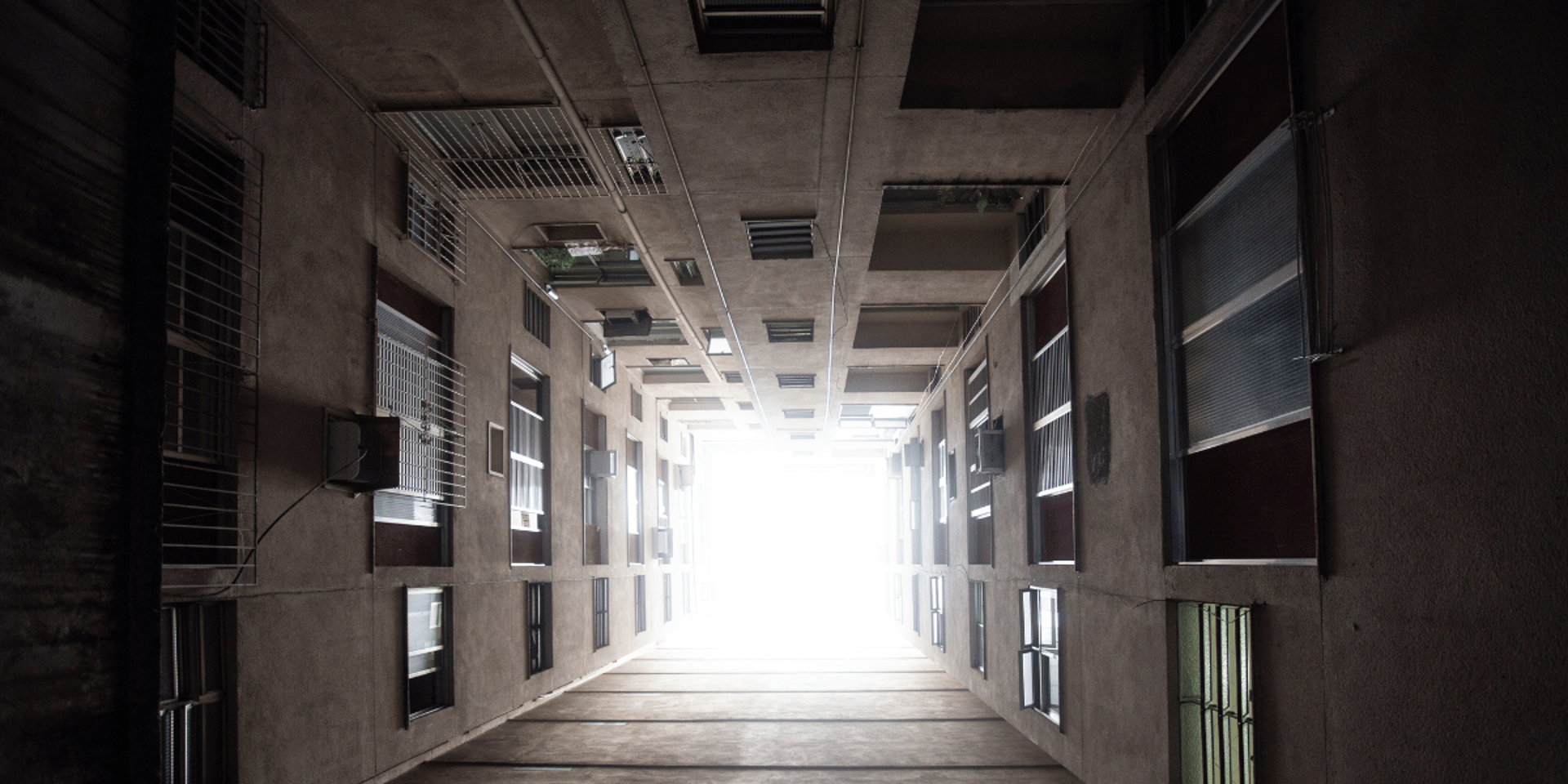
Meth Contamination in Apartments and Multi-Unit Properties
Meth residue can spread through walls and shared systems. Find out who’s responsible for cleanup, and how meth mitigation services can help.
J.I
4/18/20252 min read
Meth contamination is already a complex issue in single-family homes, but in apartments, townhomes, and duplexes, the stakes are even higher. Residue from one unit can spread to others, putting innocent neighbors at risk and sparking confusion about who’s responsible for addressing the damage. For property managers and homeowners’ associations, understanding your role in meth mitigation is essential to avoid legal issues and protect tenant safety.
The Challenge of Shared Walls and Systems
In a multi-unit building, meth residue doesn’t always stay in one place. Contamination can move through shared ventilation systems, electrical outlets, and plumbing pathways. A single tenant smoking or cooking meth in one unit may unknowingly expose the family next door, especially in older buildings with poor insulation or leaky vents. Even when a contaminated unit has been cleaned, nearby units may require testing to confirm they’re safe.
Legal Responsibilities Vary by State
When Tenants and Neighbors Start Asking Questions
One of the most common triggers for a meth investigation in multi-unit buildings is a complaint from a tenant in a neighboring unit. They might report a strange smell, unexplained health symptoms, or suspicious behavior. If you’re managing a property and someone raises concerns, the best course of action is to act quickly, before the issue spreads or becomes public. If your property is in question, you can learn more about our meth testing services here to determine if you need to take action.
In multi-unit properties, the question of “who’s responsible” can become a costly game of hot potato. But meth residue doesn’t care about boundaries, it spreads. Getting ahead of the problem means testing early, documenting everything, and working with a trusted team that understands the unique challenges of shared living environments. When it comes to meth contamination, one neglected unit can put the entire building at risk. Let us help you break the chain before it grows.
Don’t Wait for the Problem to Worsen
Once meth contamination enters a shared environment, delay only makes things worse. Costs rise as more units become exposed. Tenants may begin to withhold rent or file complaints. And your reputation as a safe, compliant housing provider may be put at risk. Our professional meth mitigation team works with landlords, HOAs, and property managers to not only contain contamination, but fully restore affected units and provide documented clearance reports that meet local health standards. If you’re unsure where to begin, reach out through our contact page to speak with a qualified advisor.
Responsibility often depends on ownership structure. In buildings with a single landlord, the owner is typically liable for cleanup across affected units. In condos, things can get more complicated. Homeowners’ associations may be responsible for common areas or shared systems, while individual owners must address contamination inside their unit. In both cases, ignoring the issue or delaying testing could result in serious consequences—from health complaints to lawsuits or code violations.


Our team focuses on addressing the serious dangers of meth contamination. We specialize in safe and thorough remediation, removing harmful toxins that jeopardize health and safety, and restoring properties to a condition you can trust.
FAQs
